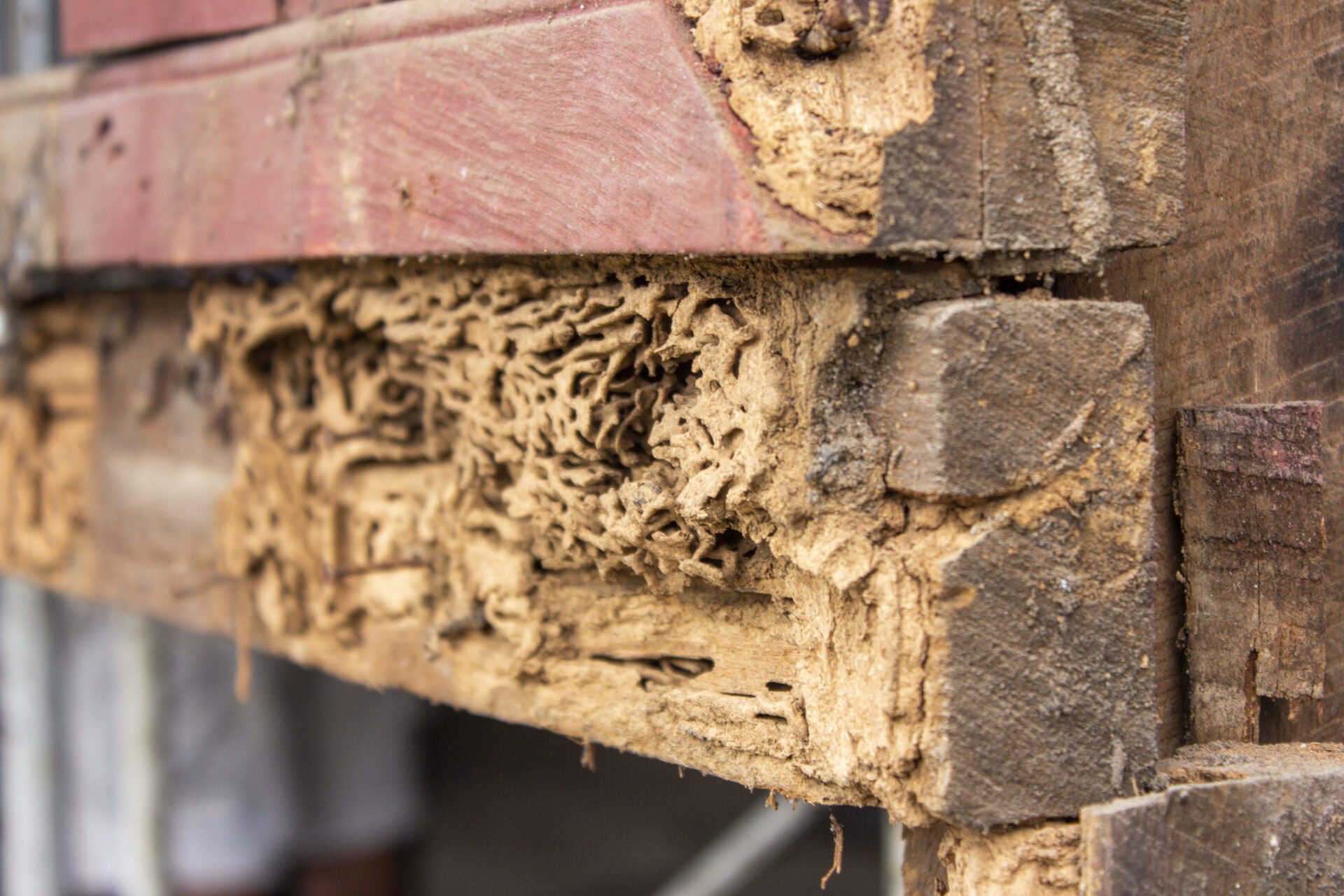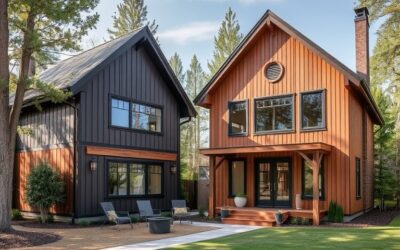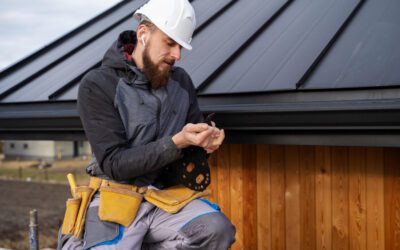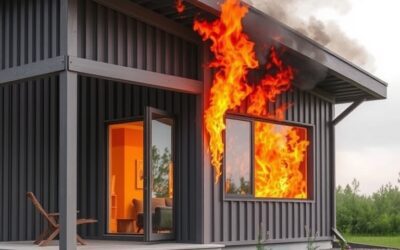Imagine a world without sturdy bridges spanning rivers, towering skyscrapers, or robust industrial complexes. Steel structures have been the backbone of modern civilization, providing us with the strength and durability needed to support our evolving needs. One of the remarkable aspects of steel is its ability to withstand the test of time, even in the face of relentless enemies like insects and rot. In this article, we will explore the longevity of steel structures, their resistance to insect damage and rot, and why they continue to be a reliable choice for construction projects.
The Insect Conundrum:
Insects are relentless creatures that can wreak havoc on wooden structures, causing them to weaken and deteriorate over time. Termites, for example, are voracious eaters that can devour wood at an alarming rate, leaving nothing but a hollow shell behind. Carpenter ants, powderpost beetles, and wood-boring weevils are also culprits when it comes to causing damage to wooden structures.
However, steel structures are virtually impervious to these tiny adversaries. Unlike wood, steel does not provide a food source for insects, making it an unappetizing target for their destructive appetites. This inherent resistance to insect damage is a significant advantage of steel structures, ensuring their longevity and minimizing the need for costly repairs.
The Rot Resistance:
Wooden structures are also highly susceptible to rot, which occurs when moisture infiltrates the material, leading to fungal growth. Rot weakens the structural integrity of wood, making it unsafe and prone to collapse. This is a common issue in areas with high humidity, heavy rainfall, or poor drainage.
Steel structures, on the other hand, are not susceptible to rot. Steel does not absorb moisture, preventing the growth of fungi and the subsequent decay that can compromise the structure’s stability. This resistance to rot is particularly advantageous in damp environments, such as coastal regions or areas prone to heavy rains.
The Longevity Advantage:
Steel structures, with their resistance to both insects and rot, have a distinct advantage over their wooden counterparts when it comes to longevity. They require less maintenance and are less vulnerable to environmental factors that can compromise their integrity. This translates to cost savings in the long run, as repairs and replacements are greatly minimized.
Furthermore, steel structures have a significantly longer lifespan than wood. While wooden structures may require replacement or major renovations within a few decades, steel structures can last for centuries with proper care and maintenance. This longevity not only saves resources but also ensures the safety and stability of the structures for generations to come.
In the battle against insects and rot, steel structures emerge victorious. Their resistance to insect damage and rot sets them apart from their wooden counterparts, making them a reliable and enduring choice for construction projects. Whether it’s bridges, buildings, or industrial facilities, steel structures offer unparalleled strength, durability, and longevity.




